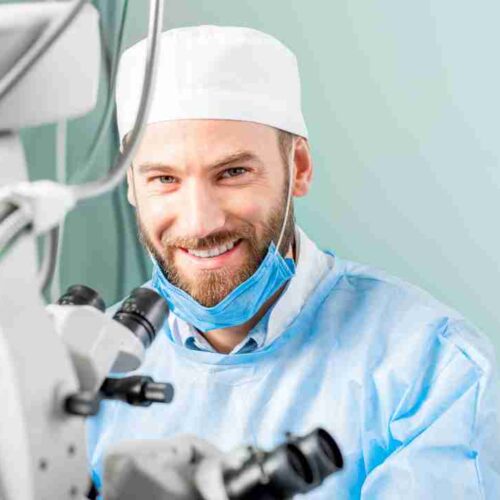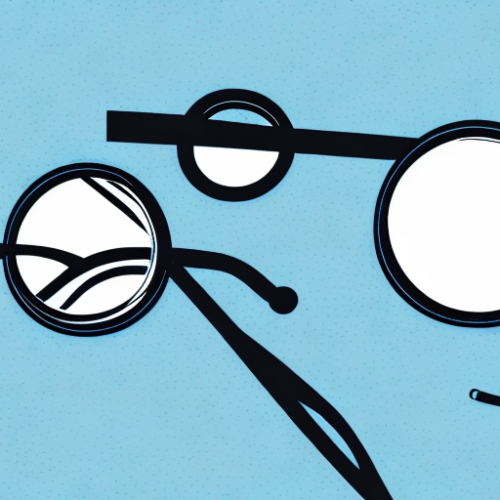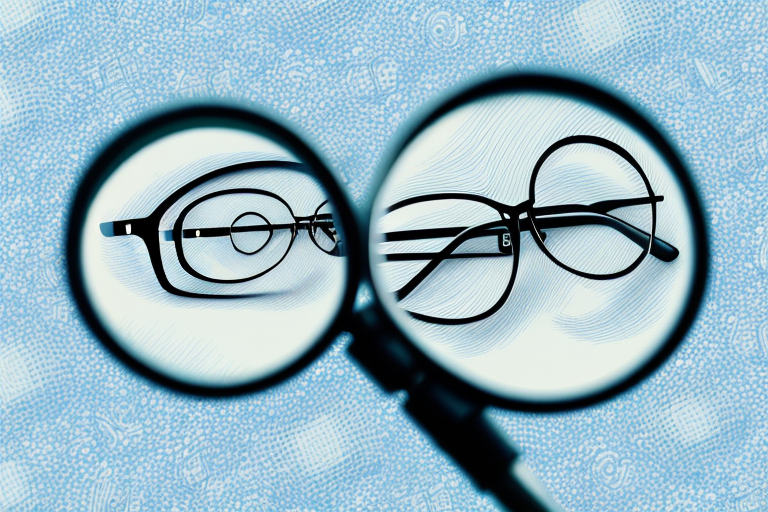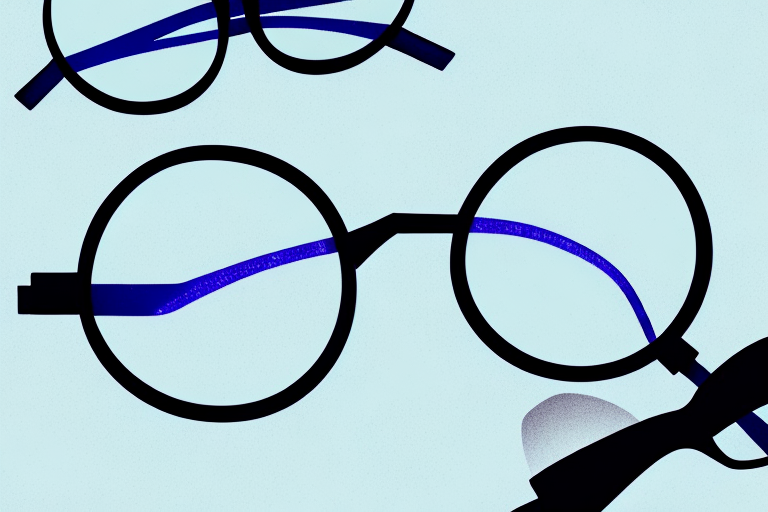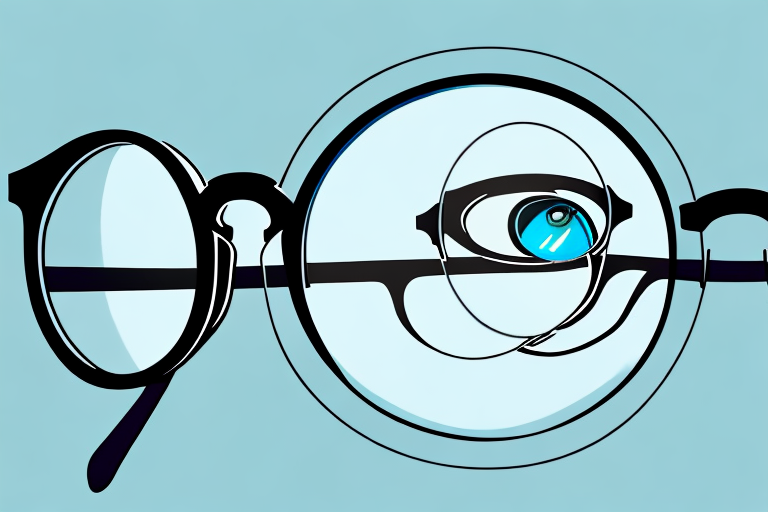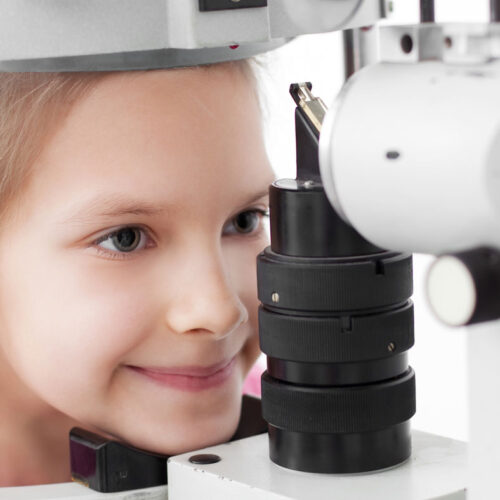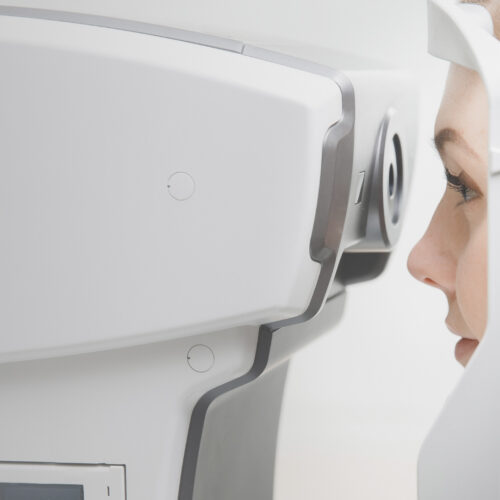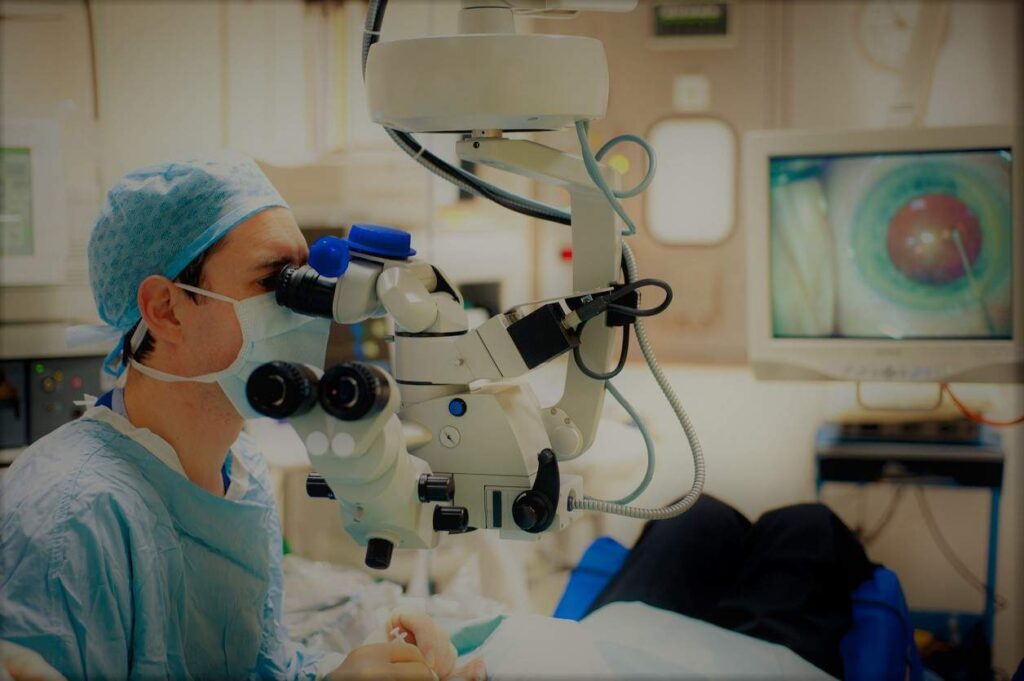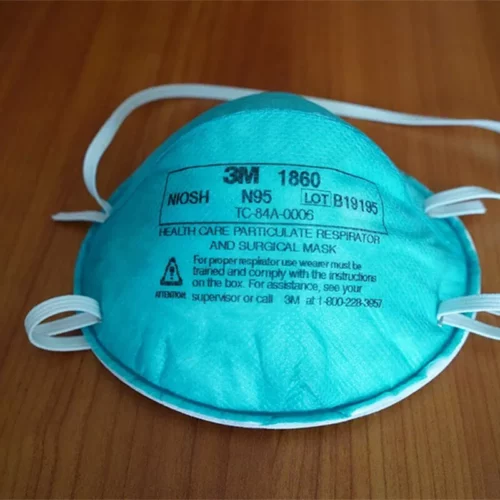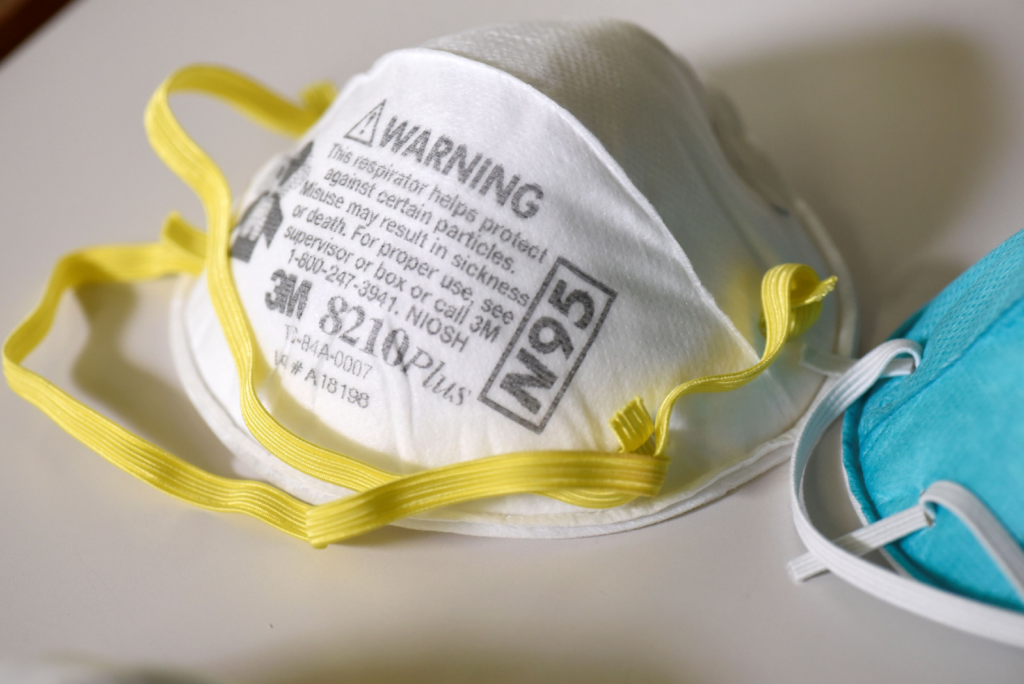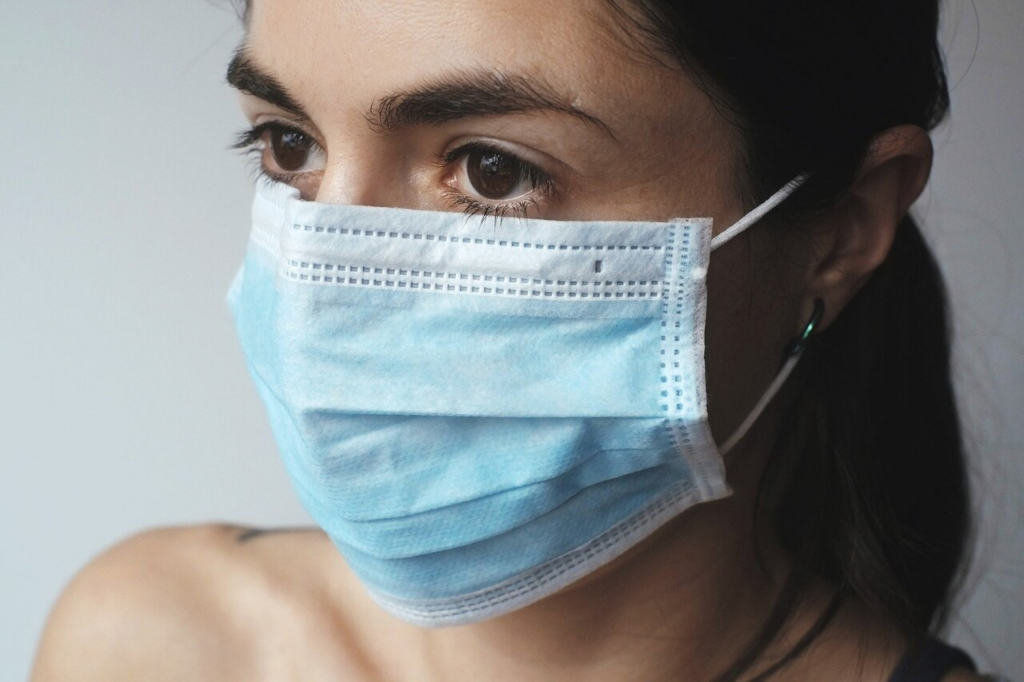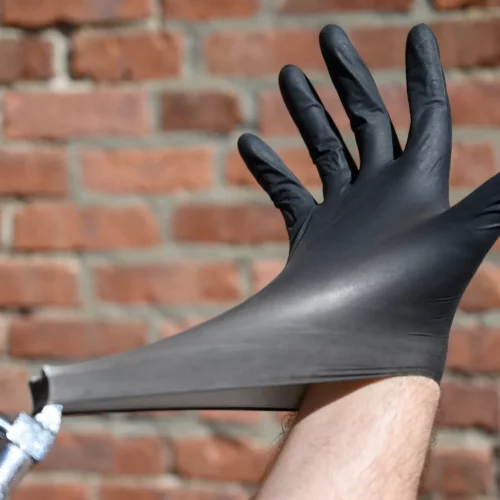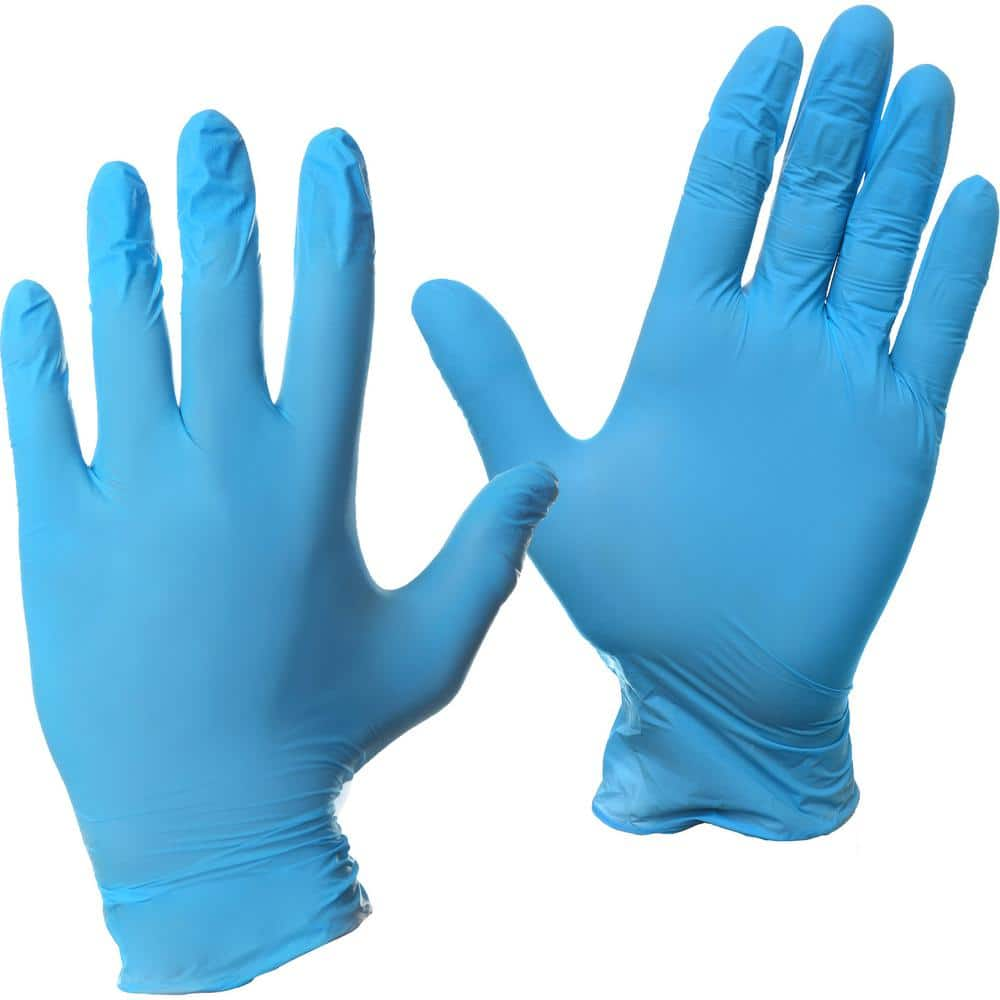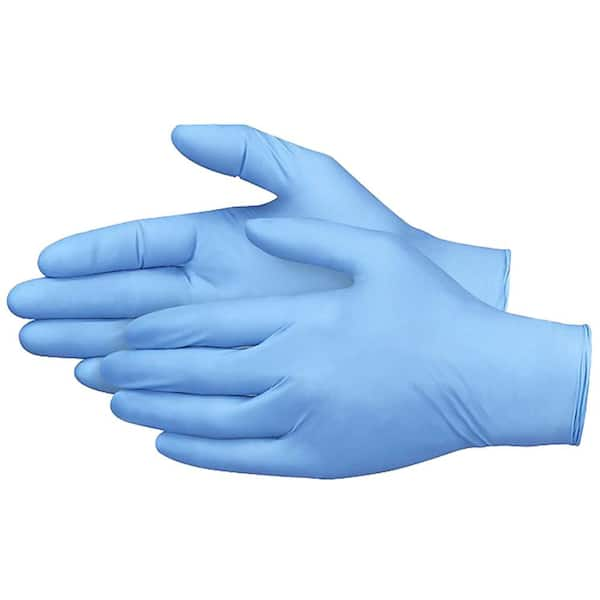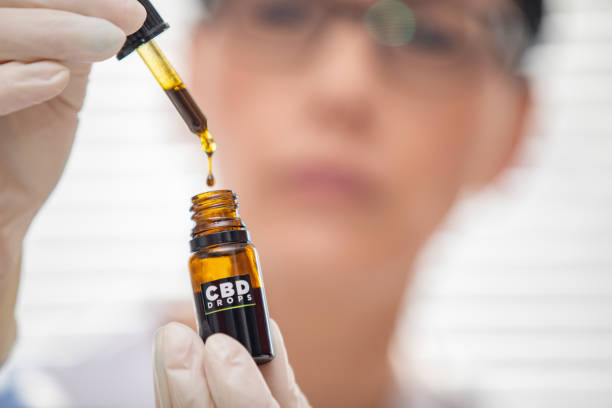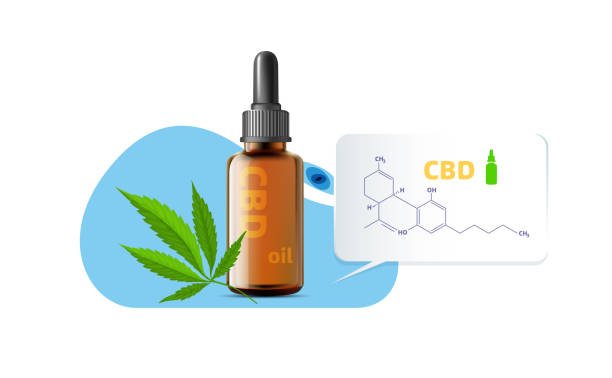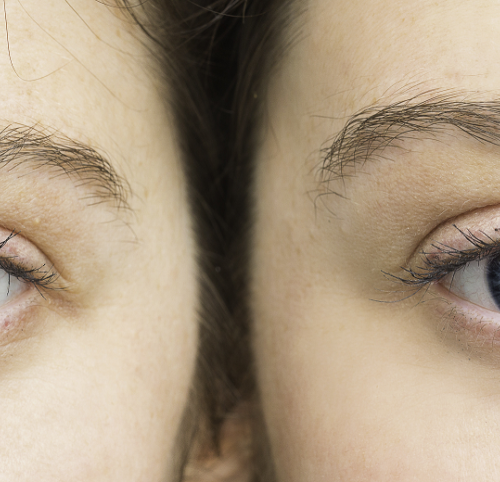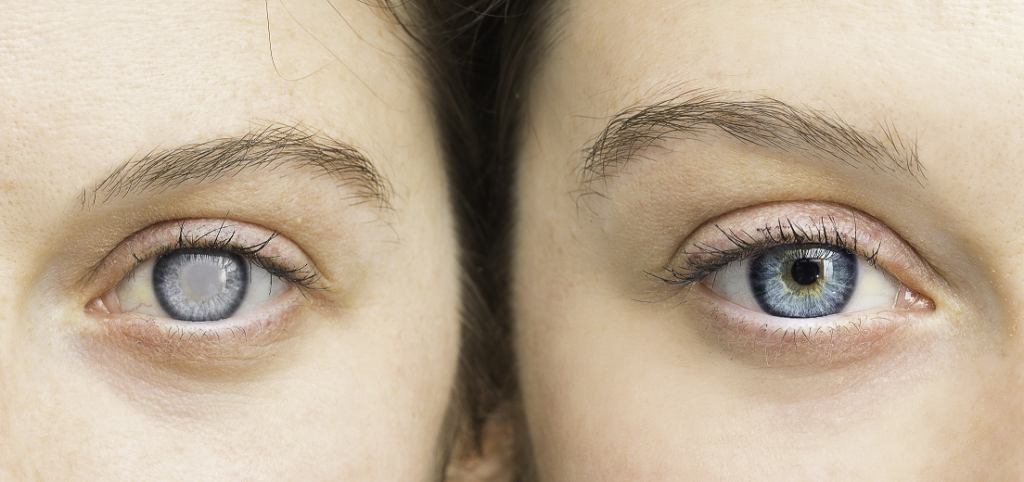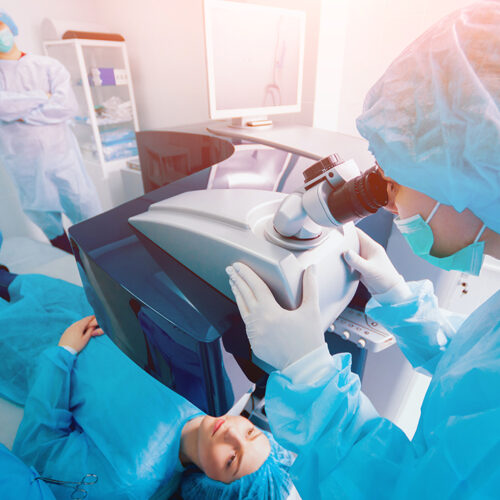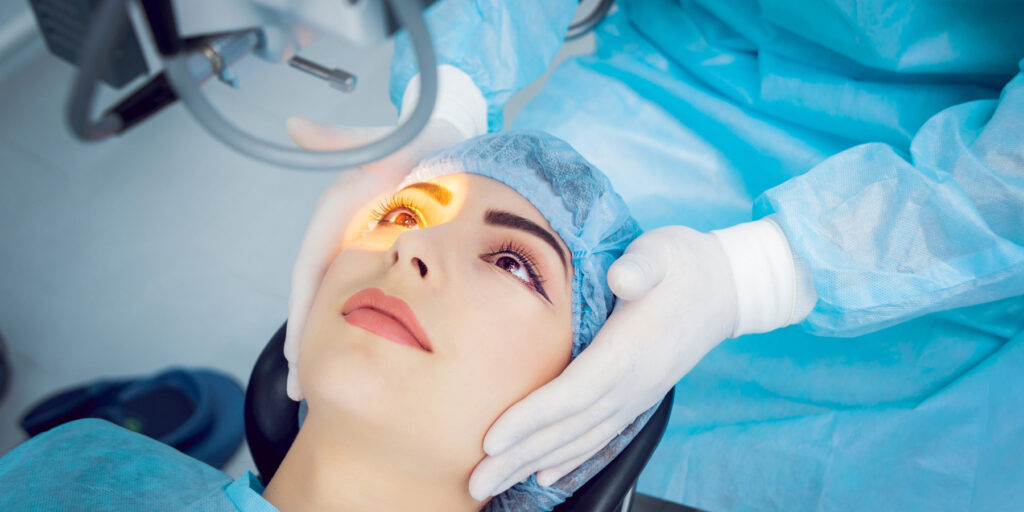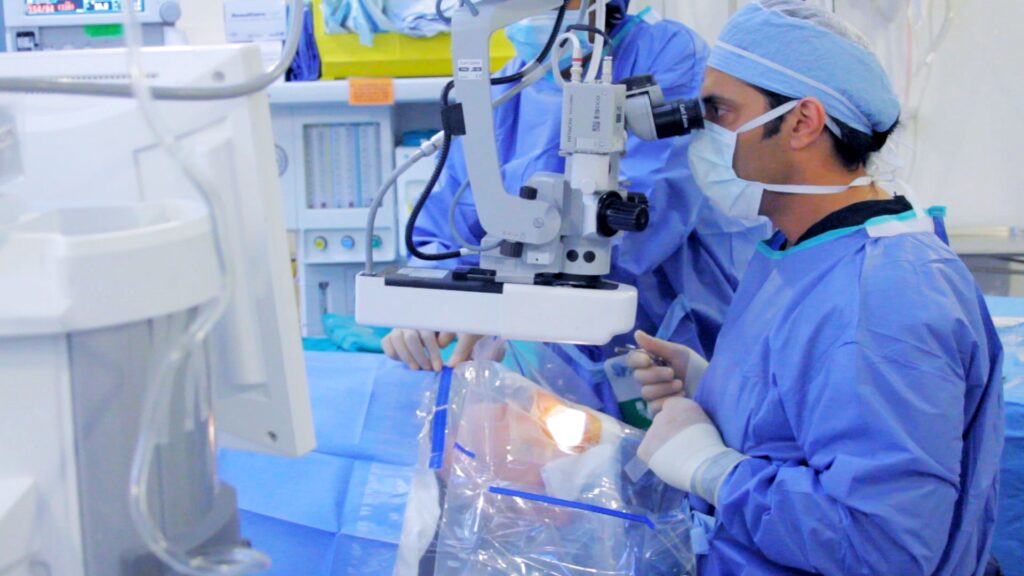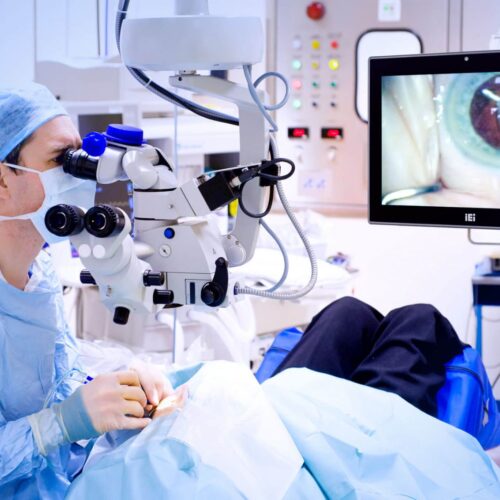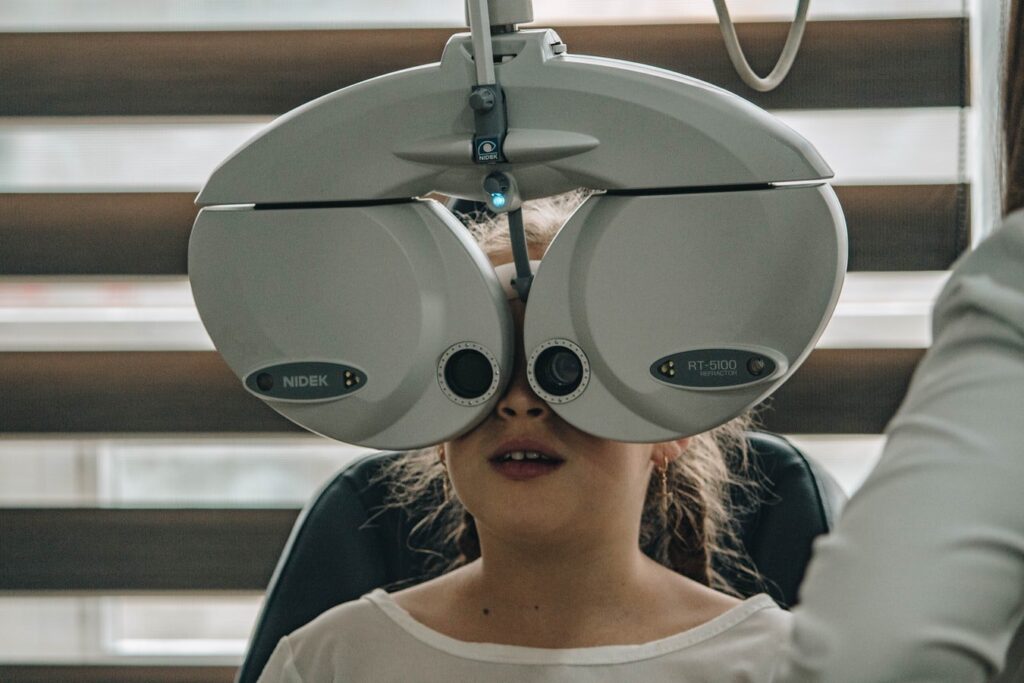LASIK, or Laser-Assisted In Situ Keratomileusis, is a revolutionary procedure that has transformed the lives of millions worldwide. This article will explore the various benefits of LASIK and how it can significantly improve your vision and quality of life.
Understanding LASIK: A Brief Overview
Before diving into the benefits of LASIK, let’s first understand what this procedure entails. LASIK is a refractive surgery that corrects refractive errors such as nearsightedness, farsightedness, and astigmatism. It works by reshaping the cornea, the transparent front part of the eye, using a laser. This precise laser technology allows for extremely accurate and customized corrections.
When it comes to vision correction, LASIK has become one of the most popular options for individuals who want to reduce or eliminate their dependence on glasses or contact lenses. The surgery begins with the creation of a thin flap on the cornea, which is then lifted to expose the underlying tissue. This flap creation is done using a microkeratome or a femtosecond laser, both of which ensure a safe and precise procedure.
Once the corneal flap is created, the laser is then used to reshape the cornea, correcting any refractive errors. The Excimer laser, specifically designed for refractive surgery, emits ultraviolet light that vaporizes the corneal tissue in a controlled manner. This precision allows for accurate reshaping of the cornea, ensuring optimal visual outcomes.
After the laser treatment, the corneal flap is repositioned, adhering naturally without the need for stitches. The flap acts as a natural bandage, protecting the treated area and promoting faster healing. This unique feature of LASIK contributes to its quick recovery time, with most patients experiencing improved vision within a day or two.
The Benefits of LASIK for cataract eye surgery
LASIK, despite its effectiveness in treating refractive vision problems, is not typically used for cataract eye surgery. Cataract surgery, also known as cataract extraction or phacoemulsification, is the primary treatment for cataracts, which involve the removal of the cloudy natural lens and its replacement with an artificial intraocular lens (IOL). LASIK is designed to reshape the cornea to correct refractive errors, while cataract surgery addresses the clouding of the eye’s lens.
The benefits of cataract eye surgery, which may involve the implantation of premium IOLs or toric IOLs to correct astigmatism, include:
- Improved Vision: Cataract surgery effectively restores clear vision, allowing individuals to see more clearly and vividly.
- Reduced Dependence on Glasses: With the option of premium IOLs, many patients experience reduced reliance on glasses for activities such as reading or driving.
- Enhanced Quality of Life: Cataract surgery can significantly improve an individual’s quality of life by enabling them to enjoy daily activities with greater ease and comfort.
- Advanced Technology: State-of-the-art surgical techniques and IOLs offer superior outcomes, leading to enhanced visual results.
- Quick Recovery: Cataract surgery often involves a fast and straightforward recovery, with many patients experiencing improved vision shortly after the procedure.
It’s important to reiterate that LASIK is not employed in cataract eye surgery, as the two procedures serve different purposes and address distinct eye conditions. Cataract surgery remains the standard of care for treating cataracts, while LASIK is primarily used for refractive vision correction. If you have cataracts, it’s essential to consult with an ophthalmologist to discuss the most appropriate treatment options, which may involve cataract surgery and the selection of the most suitable IOLs to meet your visual needs.
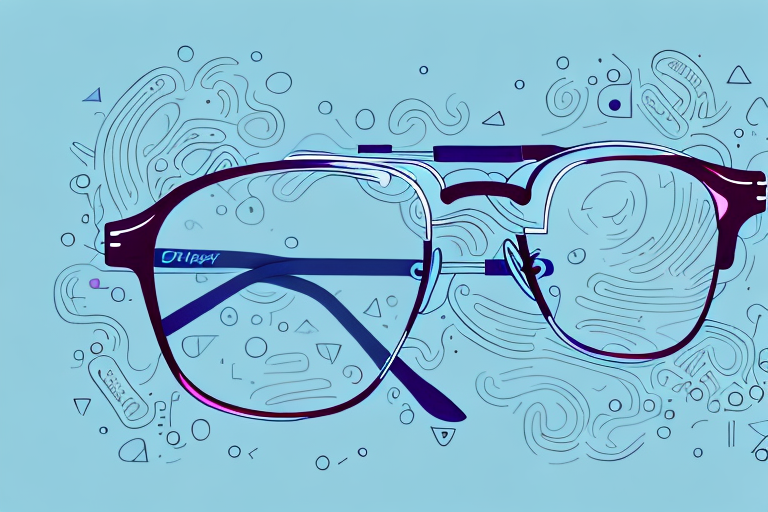
The Immediate Benefits of LASIK
One of the most remarkable features of LASIK is its ability to provide immediate and lasting benefits. Let’s explore some of these benefits in detail.
Improved Vision Quality
After LASIK, many patients experience significantly improved vision. The procedure corrects refractive errors, resulting in clearer and sharper vision. Many individuals find themselves seeing better than they ever did with glasses or contact lenses. The ability to see the world with clarity can be truly life-changing.
Imagine waking up in the morning and being able to read the alarm clock without reaching for your glasses. LASIK can make this a reality. Whether it’s enjoying the vibrant colors of a sunset or being able to read street signs from a distance, the improved vision quality after LASIK opens up a whole new world of possibilities.
Not only does LASIK correct nearsightedness, farsightedness, and astigmatism, but it also enhances contrast sensitivity. This means that even in low-light conditions, such as driving at night, you’ll notice a significant improvement in your ability to see clearly. No more squinting or straining your eyes to make out objects in the distance. By visiting https://sarahburdgephd.com/cataract-surgery-vs-other-vision-correction-options-evaluating-the-best-solution-for-your-needs/ you can read about Cataract Surgery vs. Other Vision Correction Options: Evaluating the Best Solution for Your Needs.
Quick Recovery Time
Another advantage of LASIK is its relatively quick recovery time. Most patients can resume their daily activities within a day or two after surgery. With minimal downtime and discomfort, LASIK allows individuals to get back to their routines and enjoy their improved vision without delay.
Unlike other surgical procedures, LASIK does not require a lengthy recovery period. Within hours of the surgery, many patients experience improved vision. The healing process continues over the next few days, but the majority of patients notice a significant improvement in their vision almost immediately.
With a quick recovery time, LASIK enables individuals to get back to work, school, or their favorite activities without having to take an extended break. Whether it’s playing sports, going for a hike, or simply enjoying a book, LASIK allows you to do what you love without the hassle of glasses or contact lenses.
Moreover, LASIK eliminates the need for post-operative visits to the doctor for bandage removal or suture removal. This means that you can focus on enjoying your improved vision rather than spending time at the doctor’s office.
Long-Term Advantages of LASIK
While the immediate benefits of LASIK are impressive, the procedure also offers long-term advantages that extend far beyond the initial correction.
One of the most significant long-term advantages of LASIK is its ability to provide a permanent solution for vision correction. Unlike glasses or contact lenses, which require constant maintenance and replacement, LASIK reshapes the cornea, resulting in lasting changes. With proper care, the effects of LASIK can provide clear vision for years to come, allowing individuals to live their lives free from the constraints of glasses or contacts.
Imagine waking up every morning with clear vision, without the need to reach for glasses or put in contact lenses. LASIK offers this freedom, eliminating the hassle of constantly searching for misplaced glasses or dealing with the discomfort of dry or irritated eyes caused by contact lenses.
Another advantage of LASIK is its cost-effectiveness over time. While the procedure may initially seem like a significant investment, it can prove to be a wise financial decision in the long run. Consider the expenses associated with purchasing new glasses or contact lenses, as well as the ongoing cost of maintenance and replacement. Over time, these costs can add up significantly. In contrast, LASIK eliminates the need for these recurring expenses, saving individuals both money and the inconvenience of constantly needing vision aids.
Furthermore, LASIK can have a positive impact on an individual’s lifestyle and career. Clear vision without the need for glasses or contacts can enhance performance in various activities, such as sports or outdoor adventures. It can also open up new opportunities for individuals in professions that require excellent vision, such as pilots, firefighters, or athletes.
Additionally, LASIK can improve an individual’s self-confidence and self-esteem. Many people feel self-conscious about wearing glasses or feel limited by the appearance of contact lenses. LASIK can help individuals feel more comfortable and confident in their own skin, allowing them to fully embrace their natural appearance without the need for visual aids.
It’s important to note that while LASIK offers long-term advantages, it’s essential to follow post-operative care instructions and attend regular check-ups with the eye surgeon. These measures ensure the best possible outcomes and help maintain the long-term benefits of the procedure.
LASIK and Lifestyle Enhancement
One of the most liberating aspects of LASIK is the positive impact it can have on an individual’s lifestyle.
Imagine waking up in the morning and being able to see the world clearly without reaching for your glasses or fumbling to put in your contact lenses. LASIK offers this freedom, allowing you to start your day with clear vision and a sense of ease.
But the benefits of LASIK go beyond just convenience. For those who love sports or outdoor activities, LASIK can be a game-changer. No longer will you have to worry about your glasses falling off or your contacts getting dry and uncomfortable during physical activities. With LASIK, you can fully immerse yourself in the moment, whether it’s hitting a home run on the baseball field or hiking up a challenging trail.
Freedom from Glasses and Contact Lenses
One of the primary motivations for undergoing LASIK is the desire to be free from the reliance on glasses or contact lenses. Whether it’s participating in sports, engaging in outdoor activities, or simply waking up to clear vision, LASIK offers the freedom to live life without the constant need for corrective eyewear.
Imagine going for a swim without worrying about losing your glasses in the water or having to deal with the hassle of prescription goggles. With LASIK, you can dive into the pool or ocean without a second thought, enjoying the freedom of clear vision without any barriers.
Furthermore, LASIK can make traveling a breeze. No more packing multiple pairs of glasses or worrying about running out of contact lenses during your trip. LASIK allows you to explore new places with ease, knowing that your vision will be crystal clear every step of the way.
Increased Confidence and Comfort
LASIK can also have a profound effect on an individual’s self-confidence and overall comfort. No longer needing to constantly adjust or worry about glasses or contacts can boost self-esteem and make daily activities more enjoyable. Additionally, LASIK eliminates uncomfortable side effects associated with glasses or contacts, such as dryness or irritation.
Imagine attending an important business meeting or social event without the distraction of glasses perched on your nose or the discomfort of dry contact lenses. LASIK can give you the confidence to present yourself with poise and professionalism, knowing that your vision is clear and your appearance unencumbered by corrective eyewear.
Moreover, LASIK can enhance your active lifestyle. Whether you enjoy playing sports, going to the gym, or simply going for a run, LASIK can provide the freedom to fully engage in these activities without the worry of glasses slipping off or contacts causing discomfort. You can focus on pushing your limits and achieving your fitness goals, knowing that your vision is sharp and your eyes are comfortable.
In conclusion, LASIK not only offers the freedom from glasses and contact lenses but also provides a boost in confidence and comfort. It allows individuals to fully embrace their active lifestyles and enjoy every moment without the hindrance of corrective eyewear. So why wait? Explore the world of LASIK and unlock a new level of freedom and convenience in your life.
Safety and Success Rate of LASIK
When considering any medical procedure, safety and success rates are important factors to consider. LASIK has an excellent track record in both regards.
Proven Safety Record
LASIK has been performed on millions of individuals worldwide, with a remarkably low rate of complications. As with any surgery, there are minimal risks involved, but they are extremely rare. The procedure’s safety profile, coupled with advancements in technology and surgical techniques, ensures a high level of patient satisfaction.
High Success Rate in Patients
The success rate of LASIK is impressive, with the majority of patients achieving their desired visual outcomes. Studies have shown that over 95% of patients achieve 20/40 vision or better, and a significant percentage achieve 20/20 or better. These statistics highlight the efficacy of LASIK in providing excellent visual results for individuals seeking vision correction.
Conclusion
In conclusion, LASIK offers numerous benefits that can truly transform your vision and enhance your quality of life. From improved vision quality to long-term cost savings and increased freedom and confidence, LASIK is a life-changing procedure. With its proven safety record and high success rate, LASIK has become a trusted solution for vision correction. Consult with a qualified eye surgeon to determine if LASIK is the right option for you and take the first step towards a clearer and brighter future.
